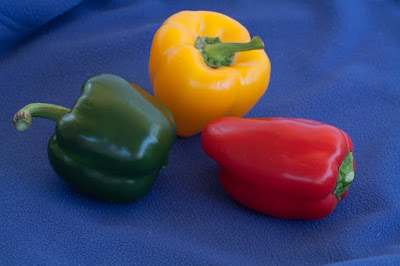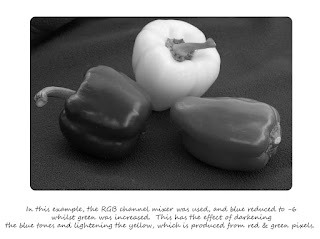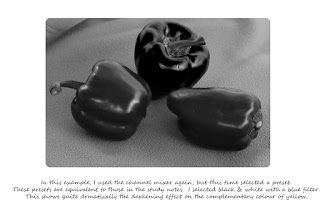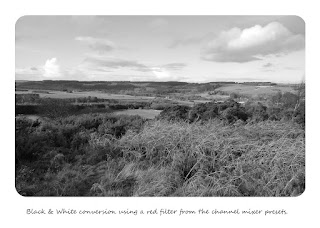
Much of this project overlaps with Assignment 2, dealing with colour relationships. I have learnt a few things from researching this further on the internet which I thought I would note down for future reference.
1. Sir Isaac Newton invented the first colour wheel in 1666 (Same year as The Great Fire of London) after splitting sunlight.
2. The colour wheel is a visual representation of colour theory, and represents the colour spectrum wrapped into a circle.
3. The current form of colour theory was developed by Johannes Itten.
4. According to colour theory, harmonious colour combinations use any two colours opposite each other on the colour wheel, any three colours equally spaced around the colour wheel forming a triangle, or any four colours forming a rectangle (actually, two pairs of colors opposite each other). The harmonious colour combinations are called colour schemes – sometimes the term 'colour harmonies' is also used. Colour schemes remain harmonious regardless of the rotation angle.
I find the term complementary quite confusing when it refers to colour relationships, as it implies something blending well together whereas complementary colours are intinsically high contrast. They are colours that are often advised not to be worn together ("Red & Green should never be seen etc") and are really bad for text. However they do create strong vibrant images.
Some further information I found really helpful on the internet included the following:
A Monochromatic Colour Scheme - this uses variations in lightness and saturation of a single colour. This scheme looks clean & elegant and produces a soothing effect. It is very easy on the eyes, especially with green or blue hues. This is something I would like to try with photography.
Analogous Colour Scheme - this uses colours that are adjacent to each other on the colour wheel and is also referred to as "similar colours" in the course notes. One colour is used as a dominant colour whilst others are used to enrich the scheme. It is similar to monochromatic, but offers more nuances.
Split Complementary Colour Scheme - this is a variation of the standard complementary scheme. It uses a colour and the 2 colours adjacent to its complementary. This provides high contrast without the high tension of the complementary scheme.
A Triadic Colour Scheme - this uses 3 colours equally spaced around the colour wheel. This offers strong visual contrast while retaining colour harmony and richness. It is not as contrasting as the complementary scheme, but looks more balanced and harmonious.
Quite a lot to get to grips with really! I am finding it really hard to commit to memory, and always have to consult the colour wheel to remind myself which colours are in which relationship.
This project was in 2 parts. The first part required 3 photos demonstrating the complementary colour relationships, with an attempt to balance the colours in the equilibrium proportions as follows:
- Red:Green 1:1
- Orange:Blue 1:2
- Yellow:Violet 1:3
At least 1 should be in those proportions, however I need to be aware of the "imbalance" for those not in the correct proportions. The easiest shot to capture was red & green, as both colours are commonplace and it is fairly easy to achieve 1:1 balance. I haven't worked out if there is a way to measure the colours (e.g. pixel count) and therefore prove the proportions however I think my red & green image feels quite balanced. It's not so obvious because of the different shapes of the red & green within the image (lines of red vs a block of green). This image is perhaps not the easiest example either because the green is much lighter than the red.
For the violet & yellow combination, flowers seemed the most obvious source of such an image. The violet is much more dominant in the image than the yellow so this is not in equilibrium so to speak.
Finding orange & blue was a bit trickier. The richest source of orange that I could see at this time of year comes from streetlights. Therefore I attempted to create a blue & orange image using reflections of streetlights & sky. However the rain wasn't playing ball, so I couldn't find a puddle of sufficient size which would give me the required 1:2 proportions. However I was pleased with the final image, and it has given me inspiration for an image when we next get heavy rain and it is convenient to go out photographing.
The second part of the project required 3 -4 images of any strong colours that appeal. This was much easier as I felt less restricted in looking for a certain colour pair.






















































